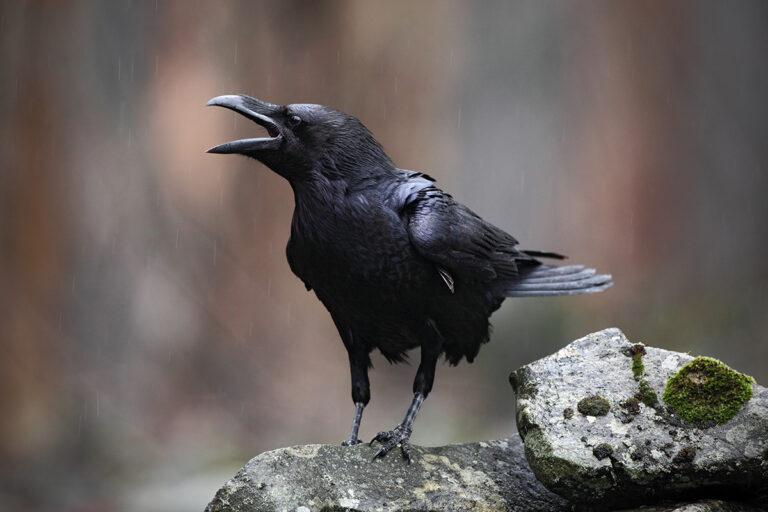Let My People Go Surfing: The Education of a Reluctant Businessman
Yvon ChouinardPenguin Press HC,
October 2005, 272 pages.
I rarely recommend business books to people. But Yvon Chouinard’s new book, Let My People Go Surfing is different. Most business tomes tout a single process or strategy for success. Chouinard tells his story and rambles through a set of values that work for his company, Patagonia. He then leaves it to us the readers to take what we see as valuable to our companies and lives, and gives us insights into how to be a successful sustainable business. The book challenges us to come up with a set of values that keep business in sync with an environmental and social ethic.
Chouinard first takes us through the history of Chouinard equipment and Patagonia, in a series of well-written and entertaining segments. The stories of the good times at Patagonia are nice, but there is more insight to be gained from seeing how Chouinard and the company worked through the tough times. These set the stage for a discussion of the values and philosophies of Patagonia and its founders.
The book is compelling and an easy read. It is illustrated with a series of historical photographs of climbing and the outdoors that make it enjoyable for even the non-business reader. Much of the success of Let My People Go Surfing comes from Chouinard using the same Zen-based philosophy in writing it as he used in building Patagonia. He suggests that we forget about the goal and concentrate on the individual parts of a challenge. If we perfect all the elements then we will have success in the larger project.
Paul Fish
Given: Poems
Wendell Berry
Shoemaker Hoard, May 2005. 152 pages.
A lifelong farmer and proponent of Thoreauvian simplicity, Wendell Berry has published more than three dozen books. Much of his writing demands that we reevaluate our lives, that we ask hard questions about our definitions of community, our relationships to technology, and our exact attitudes toward commerce, nature and consumption.
Like all good writers, he will not permit imprecise language. His fine new book of poetry, Given, follows in the tradition of his earlier works. For example, after the opening lines of “Some Further Words””Let me be plain with you, dear reader. / I am an old-fashioned man”he interrogates how language is frequently used to obscure intent and meaning:
The world is babbled to pieces after the divorce of things from their names. Ceaseless preparation for war is not peace. Health is not procured by sale of medication, or purity by the addition of poisons. Science at the bidding of corporations is knowledge reduced to merchandise.
Ezra Pound (borrowing from Confucious) asserts that “calling things by their right names” is the first step toward ethical living; Berry reminds us that using words imprecisely (over generalizing, misrepresenting, euphemizing) is something that everyone (eco-activists, politicians, corporations, normal folks living normal lives, us) needs to resist. Simply, by finding accurate words, we can help discover “a language that can make us whole.”
Berry is not just a gadfly. His didacticism is complemented by a tender lyric voice that sings praise for the people, places and things that he loves. Several sections of the book offer “Sabbaths,” poems of rest and worship. Attentive to nature, love, community, family and mortality, Berry’s meditative voice reveals someone at home in this world:
I dream of a quiet man who explains nothing and defends nothing, but only knows where the rarest wildflowers are blooming, and who goes, and finds that he is smiling not by his own will
Tod Marshall
The Meaning of Trees: Botany, History, Healing, Lore
Fred Hageneder
“Trees and humankind have always had a symbiotic relationship,” writes Fred Hageneder. The Meaning of Trees is primarily an exploration of that symbiosis, approached from an anthropological perspective rather than a botanical one.
Hageneder presents over fifty types of trees, all lovingly photographed. While he does not shy from speaking of lanceolate leaves and glaucous cones, he lavishes far more time on trees in relation to humanityeach entry has sections on “practical uses,” “natural healing,” and “culture, myth and symbol.” He dips into any and all cultures and periods of history, even providing an Early History primer at the beginning of the book.
The photographs are spectacular, making The Meaning of Trees coffee-table worthy in and of itself. Hageneder enriches the pages with a wide-reaching variety of factoidsbotanical, historical, etymological and theological. Did you know, for example, that a large baobab tree can contain over 30,000 gallons of water in its trunk, enough for entire tribes to survive on? Or that Julius Caesar introduced the larch to Roman building after discovering its flame resistance (while trying to burn down a Gallic fort)?
Hageneder’s prose is lucid and restrained, and he draws upon a vast array of sources. However, the format starts to wear thin through repetition when sustained over a few hundred pages. Mild analgesics, leaf fodder and druidic ceremonies begin to blur together, and Hageneder rarely addresses the specific themes and ideas that tie the book together as more than a collection of separate entries.
Repetition is the mother of learning, however, and Hageneder ultimately paints a picture emphasizing the centrality of trees to the human experience (both in the everyday and the sublime). Hageneder promotes ecological awareness in the most effective way – not with heavy-handed rhetoric, but by showing his subject in such a way that it cannot fail to inspire admiration. The Meaning of Trees seems likely to woo even the most hardened dendrophobe or cold-blooded capitalist.
Iain Bernhof












